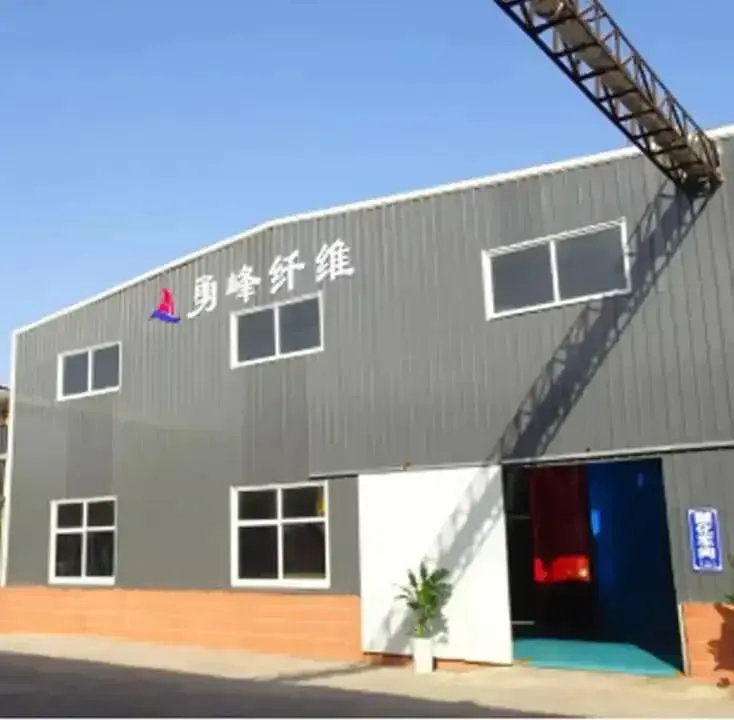The Evolution and Applications of HPMC 150000 CPS
Hydroxypropyl Methylcellulose (HPMC) is a versatile cellulose ether widely used in various industries due to its unique properties, including viscosity, film-forming capabilities, and emulsification. Among its various grades, HPMC 150000 CPS stands out for its high viscosity, making it a preferred choice in several applications ranging from pharmaceuticals to construction.
Understanding HPMC 150000 CPS
HPMC is a semi-synthetic polymer derived from cellulose, and the CPS designation refers to its centipoise viscosity measurement at a specific concentration, indicating how thick or viscous the solution will be. HPMC 150000 CPS typically demonstrates a high viscosity in solution, which is crucial for applications needing significant thickening or gel-forming properties.
The synthesis process creates a material that is not only soluble in water but also creates a clear, stable gel, making it valuable in products where clarity and stability are essential. The ability of HPMC to form viscous solutions also means it can act effectively as a suspending agent, helping to maintain the homogeneity of mixtures in various formulations.
Applications in the Pharmaceutical Industry
One of the most prominent applications of HPMC 150000 CPS is in pharmaceuticals. It is commonly used as a thickening agent in oral, topical, and ophthalmic formulations. Its high viscosity allows for better control over the release of active ingredients, which is particularly important in controlled-release formulations.
In the manufacturing of tablets, HPMC 150000 CPS serves as a binder in dry granulation processes, ensuring that the active pharmaceutical ingredients (APIs) are evenly distributed and properly adhered within the tablet matrix. This not only improves the mechanical properties of the tablets, such as hardness and friability, but also enhances the bioavailability of the drug by controlling its release rate in the gastrointestinal tract.
Role in Food and Beverage
hpmc 150000 cps

Beyond pharmaceuticals, HPMC 150000 CPS is also valuable in the food industry as a food additive. It serves as a stabilizer, thickener, and emulsifier in various food products. Its ability to provide texture and improve mouthfeel makes it a popular choice in dairy products, sauces, and salad dressings.
Moreover, consumers increasingly demand gluten-free products, and HPMC's functionality helps in the formulation of gluten-free baked goods by enhancing moisture retention and providing structure. This versatility contributes significantly to the HPMC market, making it essential in meeting the diverse needs of the food industry.
Construction and Building Materials
The construction industry benefits greatly from HPMC 150000 CPS due to its properties as a water-retaining agent. It is widely used in tile adhesives, wall putties, and plaster formulations. Its ability to improve workability while also slowing down the drying process is advantageous for construction applications, allowing workers more time to apply materials effectively.
HPMC contributes to the strength and performance of construction products, where its thickening capabilities help achieve desired consistency and stability. This makes it easier to spread and adhere to surfaces, ultimately resulting in more durable constructions.
Conclusion
HPMC 150000 CPS is a multifunctional agent that has found its way into various sectors, including pharmaceuticals, food, and construction. Its unique properties, including high viscosity and excellent film-forming capabilities, have made it indispensable in formulating products that require stability, texture, and controlled release properties.
As industries continue to evolve and seek innovative solutions to meet consumer demands, the significance of HPMC 150000 CPS is likely to grow. By understanding its applications and benefits, manufacturers can leverage this versatile compound to enhance product performance and sustainability. The future of HPMC, particularly in its various grades including HPMC 150000 CPS, looks promising, underscoring the importance of cellulose derivatives in modern industrial applications.
-
Rdp Powder: Key Considerations for Wholesalers in the Building Materials IndustryNewsJul.08,2025
-
Key Considerations for Wholesalers: Navigating the World of Hpmc - Based ProductsNewsJul.08,2025
-
Hpmc Detergent: Key Considerations for WholesalersNewsJul.08,2025
-
Key Considerations for Wholesalers: China Hpmc For Tile Adhesive, Coating Additives, Concrete Additives, and MoreNewsJul.08,2025
-
Crucial Considerations for Wholesalers: Navigating the World of Construction MaterialsNewsJul.08,2025
-
Key Considerations for Wholesalers Sourcing Additive For Cement, Additive For Concrete, Additive For Putty from Additive Manufacturer Shijiazhuang Gaocheng District Yongfeng Cellulose Co., Ltd.NewsJul.08,2025




